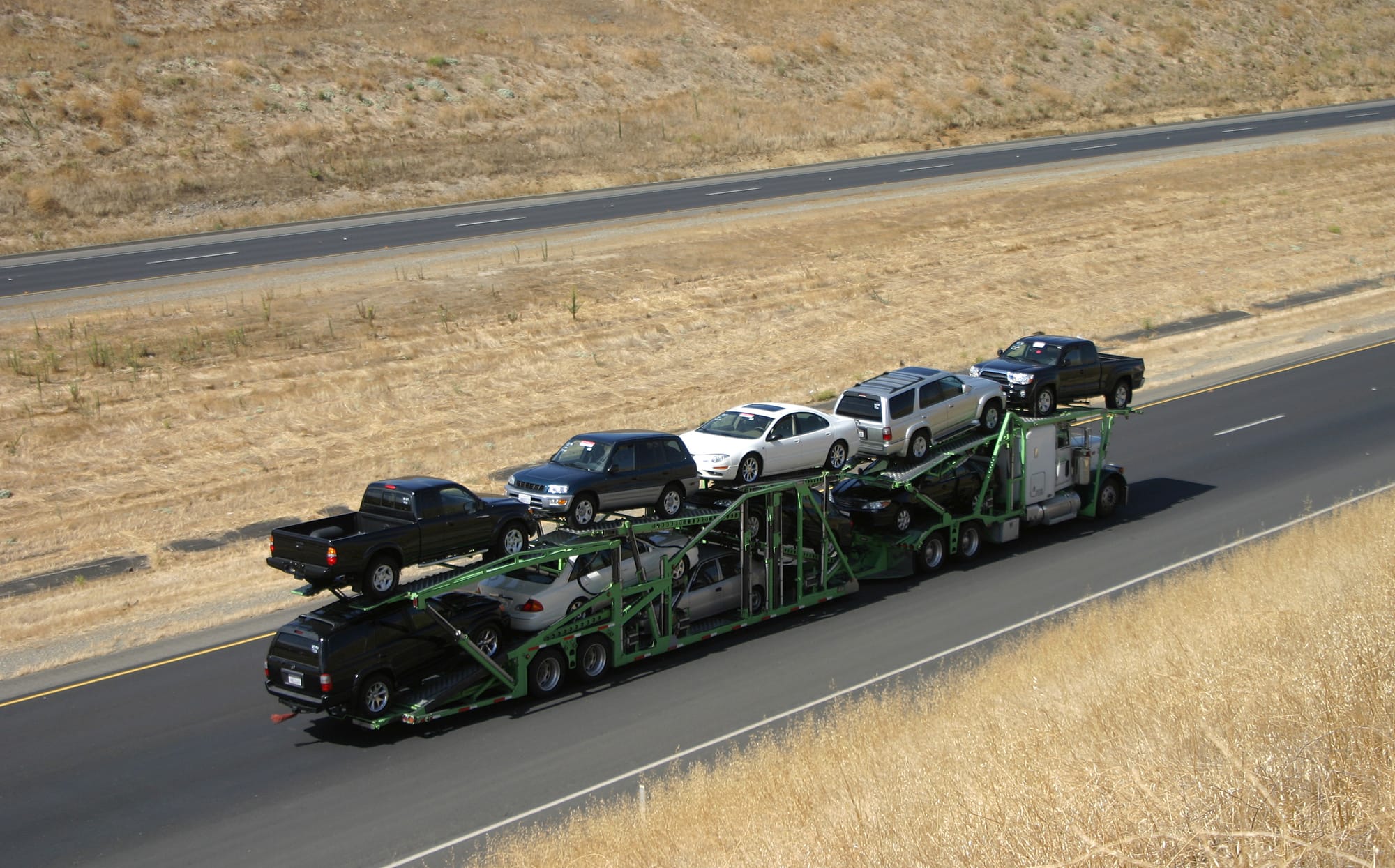Auto Transport Industry News Roundup

The auto transport industry, vital for moving vehicles across cities, states, and even countries, is constantly evolving with new trends, technologies, and challenges. Here are some of the latest updates and trends in auto transport:
1. Rising Demand and Capacity Challenges
Recent reports indicate a surge in demand for auto transport services due to increased consumer mobility and online vehicle purchases. This spike has led to capacity challenges for transport companies, prompting them to optimize routes and expand fleets to meet growing needs.
2. Technology Integration
Advancements in technology continue to transform the auto transport landscape. Companies are increasingly adopting GPS tracking systems and digital platforms to streamline operations, improve transparency, and enhance customer experience. Real-time tracking allows customers to monitor their vehicle’s journey from pickup to delivery.
3. Sustainability Initiatives
In response to environmental concerns, many auto transport companies are exploring greener alternatives. This includes adopting fuel-efficient vehicles and optimizing transport routes to reduce emissions. Some companies are also investing in electric and hybrid transport vehicles to further minimize their carbon footprint.
4. Regulatory Updates
The auto transport industry is subject to various regulations and standards aimed at ensuring safety and fair practices. Recent updates include stricter enforcement of vehicle weight limits, enhanced driver training requirements, and measures to combat vehicle theft during transport.
5. Impact of Global Supply Chain Disruptions
The global supply chain disruptions, exacerbated by the COVID-19 pandemic, have significantly impacted the auto transport industry. Delays in vehicle production and parts shortages have led to fluctuating demand for transport services and logistical challenges for companies.
6. Customer Expectations and Service Enhancements
As customer expectations evolve, auto transport companies are focusing on enhancing service quality and customer satisfaction. This includes offering more flexible delivery options, improved communication channels, and proactive customer support throughout the transport process.
7. Industry Consolidation and Partnerships
There is a noticeable trend of industry consolidation as larger transport companies acquire smaller firms to expand their service networks and capabilities. Strategic partnerships between transport providers and automotive manufacturers are also emerging to optimize supply chain efficiency and meet evolving market demands.
8. Innovation in Vehicle Protection
With the increasing value and diversity of vehicles being transported, there is a growing emphasis on vehicle protection measures. Innovations in secure loading techniques, advanced tie-down systems, and customized packaging solutions are being implemented to safeguard vehicles from damage during transit.
Conclusion
The auto transport industry continues to adapt to changing market dynamics, technological advancements, and regulatory landscapes. As demand for mobility and vehicle transport services grows, industry stakeholders are poised to innovate and collaborate to meet the evolving needs of consumers and businesses alike. Stay tuned for further developments as the industry navigates towards a more efficient and sustainable future.